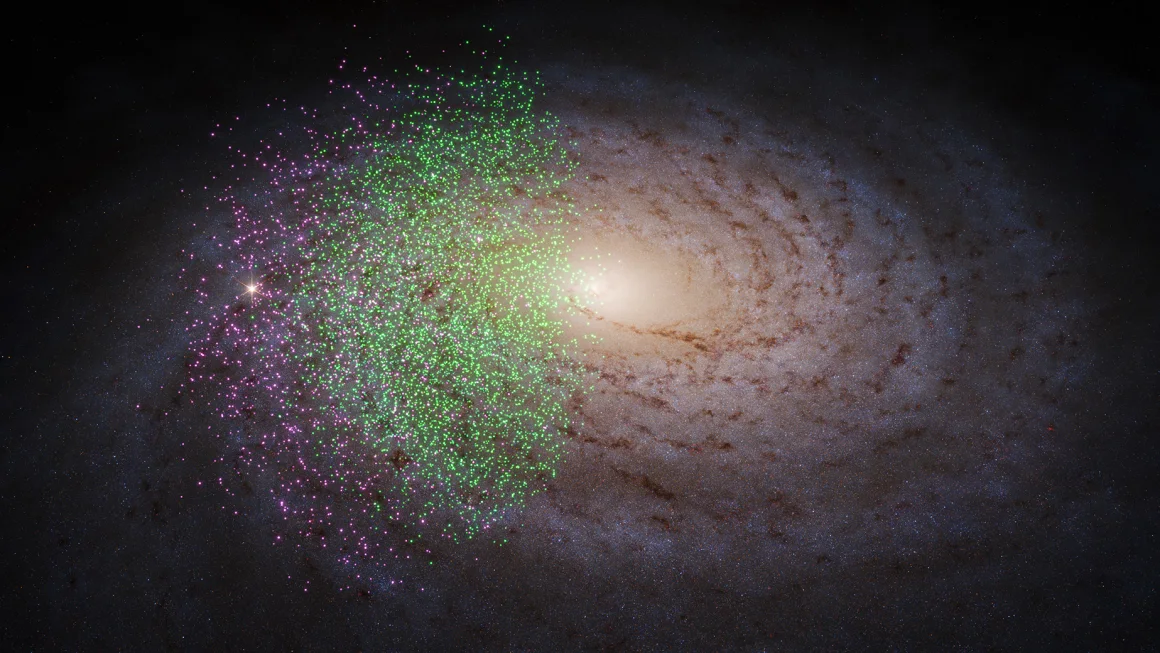The Gaia space telescope has discovered two ancient stellar streams woven through the heart of the Milky Way, which were present 12 billion years ago.
Shiva and Shakti': The ancient star streams that helped weave the Milky Way : Read more
Shiva and Shakti': The ancient star streams that helped weave the Milky Way : Read more



